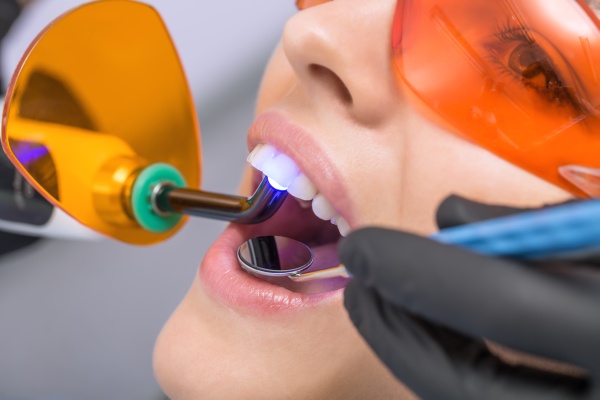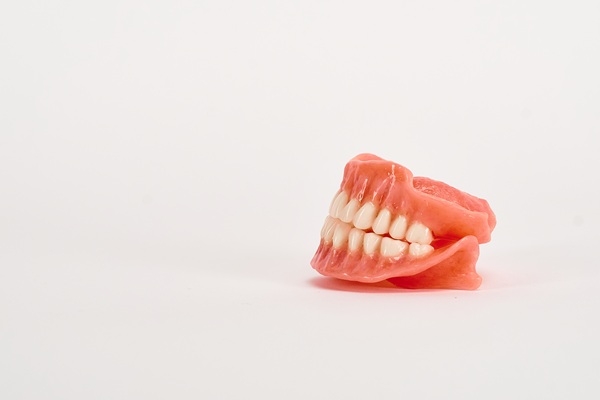Teeth Whitening: What to Know Before You Start

Teeth Whitening is one of the most popular, if not the most popular, of all cosmetic dentistry treatments. There is a wealth of information out there regarding this common practice, but not all the information is reliable. As a whitening beginner, or as someone who would like a refresher, it is helpful to know what you are getting into before you begin.
Stained teeth can benefit from teeth whitening
Teeth can be stained for all kinds of reasons. The most common surface stains are those caused by eating or drinking darkly-colored food and drink. Foods like blueberries and beverages like wine and coffee can discolor teeth over time. Teeth whitening works to reverse this staining and restore your teeth to a naturally whiter shade.
Sometimes, teeth are stained because of repeated dental procedures. This can cause the tooth to darken and appear gray. In this case, the tooth will not likely respond to the whitening treatment.
Only natural teeth respond to whitening. This means you will not see any improvement with veneers, dentures and crowns. If you need to lighten these dental appliances to match your other whitened teeth, you will have to replace them with lighter-colored false teeth.
How does whitening work?
Whitening, also known as bleaching, is the process of applying a solution to teeth that clears surface stains and reveals a whiter shade of enamel underneath.
During a treatment, the dentist will apply a peroxide-based gel to the surface of the front top and bottom teeth. He or she will then wipe away excess gel to limit contact with the gums. Depending on the percentage of the peroxide, the amount of time your dentist will leave the solution on your teeth can vary. Your dentist will then remove the gel and you can walk out with a brand new smile.
The gel can cause sensitivity even if your gums are healthy, so keep this in mind and have a sensitivity toothpaste on hand for brushing when you return home after your treatment.
Professional whitening vs. at-home whitening kits
Although there are at-home options for whitening, in-office whitening treatments will last much longer and have a greater effect in one sitting. In one professional whitening session, you can expect to see results immediately. Teeth will immediately appear to be two shades whiter or lighter, depending on the number of surface stains being removed.
If you do decide to take the do-it-yourself route, make sure to follow all instructions on the kit. Never leave the solution on for longer than intended, as this could cause sensitivity or even damage.
Not everyone can get their teeth whitened
If you have any kind of gum disease, even at the mild stage of gingivitis, dentists do not recommend teeth whitening. The gel can be irritating to sensitive gums and can exacerbate any oral health issues.
To find out if you are a good candidate, make an appointment today with your dentist to talk about your teeth whitening options.
Request an appointment here: https://www.northside-dentalcare.com or call Northside Dental Care, PC at (978) 206-7077 for an appointment in our Peabody office.
Check out what others are saying about our dental services on Yelp: Teeth Whitening.
Recent Posts
Missing one tooth or multiple teeth can make it harder to perform everyday functions. It can also make you feel self-conscious about smiling. Dental implants not only restore the function and appearance of your smile, but they also help restore your everyday oral health.Dental implants are artificial tooth roots surgically placed in a person's jawbone.…
Wear and tear make denture repair inevitable in the long run. This is why a general dentistry practice that deals with dentures should have in-house facilities for minor and moderate repairs. The practice should also have quick access to a dental lab in case a patient needs major repairs for their dentures. Knowing when to…
Dental implants can replace missing teeth using a combination of screwlike metal posts and dental crowns, bridges, or dentures. Many consider implants state-of-the-art teeth replacement. Though dental implants can be an effective way to restore your smile, it is important to ensure they are right for you and understand how they work.Dental implants can support…
For many individuals with missing teeth, dental implants are an effective way to restore the appearance and function of their smile. However, like any medical procedure, there are potential risks and complications associated with getting dental implants. While these risks are relatively rare, it is important for patients to be aware of them before undergoing…


